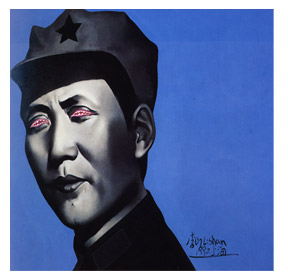








Born in 1940, Li Shan grew up under Mao’s leadership. Li Shan’s development as an artist during this period was heavily constrained – permitted to only work within the context of propaganda, folk art, and Mao portraits. The technical training Li Shan received during the 1960s was influenced by the socialist realism imported form the Soviet bloc, and further inhibited the range of topics Li Shan could explore (Smith). Li’s child development was also regulated by the People Republic of China and his vision of Mao was tinted as the Father of China.
The Rogue Series allowed Li Shan to mock Mao Zedong by recycling the Chairman’s famous pictures and exploring the blurred lines between power and sexuality. Li‘s work responds to his personal experience, similar to Wang Guangyi's work. The Rogue Series explores Mao’s cultural significance; “his presence was felt in all aspects of life. Mao decided everything from politics to culture” (Del Lago). He exclusively utilizes two portraits of Mao. The first is an image of Mao’s guerilla activity taken during the 1930s. The second, is the image hung in Tiananmen Square of the benevolent-looking Mao (Smith). Using these two images, Li could reference his emotional associations. Since Li Shan painted many Mao portraits during the Cultural Revolution, he was familiar with each pose and posture.



